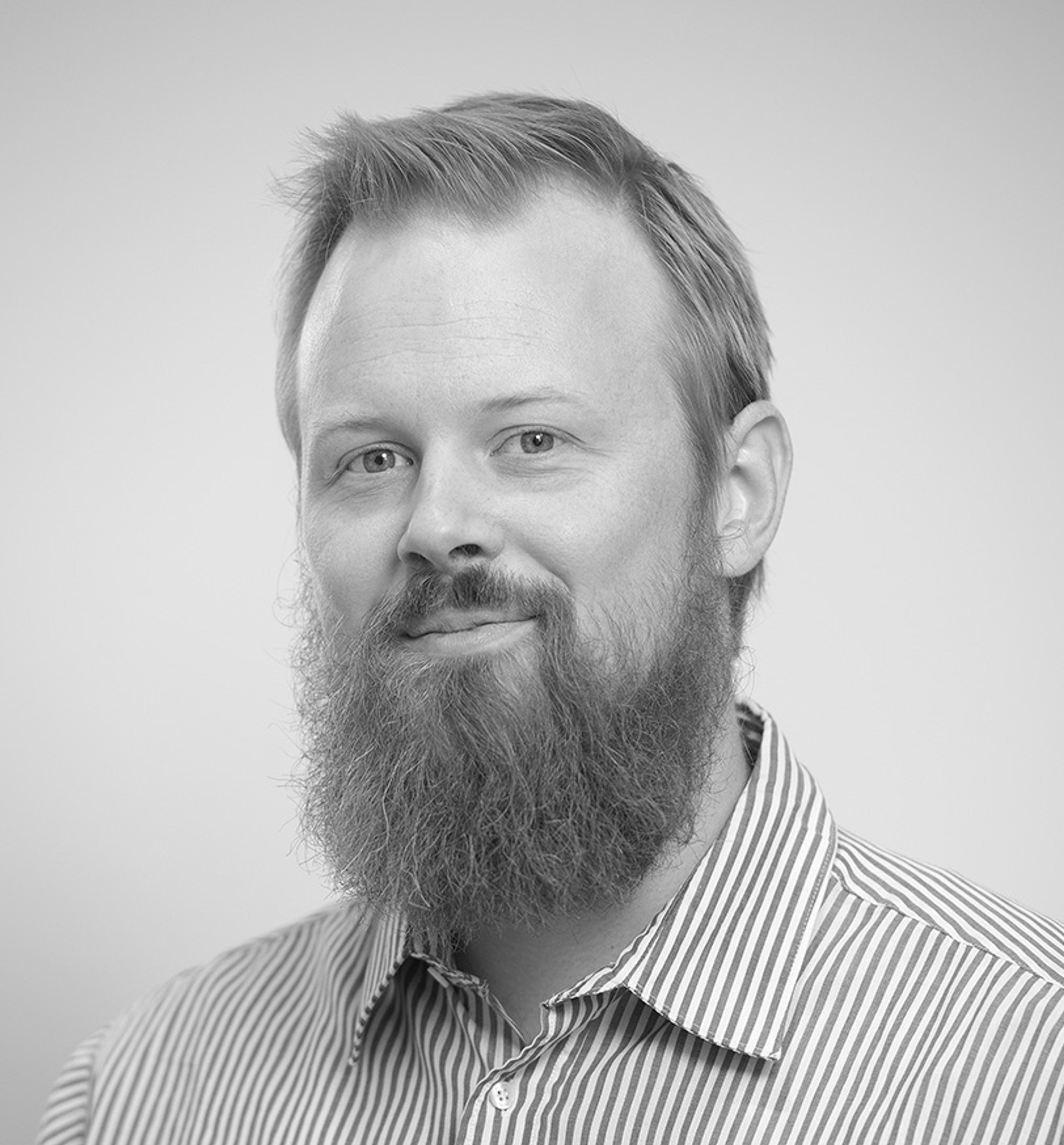WIS – Wind Industry Standardization
Facts
Category
Project period
Partners
About the project
What is Wind Industry Standardization (WIS)?
Wind Industry Standardization is an industry-led collaboration focused on developing common standards for tools and equipment used across the wind industry. The goal is to streamline processes, reduce costs, and support the scalability of offshore wind.
Funded by the industry itself, with Siemens Gamesa and Vestas as sponsors, and supported by a broad range of contributors, the initiative is facilitated by Energy Cluster Denmark to ensure strong industry alignment and practical implementation.
All industry stakeholders are welcome to join the collaboration and contribute with ideas for new standardization projects. Current efforts include standardization of tower transport, seafastening, and pre-assembly structures.
For inquiries or suggestions, please contact:
Senior Project Manager Christian Munk Jensen: cmj@energycluster.dk
Why WIS?
Standardization across wind industry projects and Wind Turbine Manufacturers can accelerate the green transition and support both Denmark’s and the EU’s ambitions for offshore wind expansion.
By developing common designs and interfaces as well as a unified interpretation of industry standards, suppliers can adopt standardized solutions. This will make wind energy more cost-effective, accellerate deployment and ultimately lower energy costs for consumers.
Results
Seafastening Design Guideline
- Download the Seafastening Design Guideline and Appendix
- Review the Seafastening Guideline here and help improve the upcoming and future versions.
- Download the Blade rack root end design package
Watch the video from the launch of the first result in the WIS project – the Seafastening Design Guideline was unveiled at WindEurope 2025.
Sub-projects:
- Seafastening Design Guideline (done)
- Seafastening Blade Rack Root End Design (done)
- Tower Transport Equipment (in progress)
- Nacelle Transport Equipment (in progress)
- Tower Stand for Pre-assembly (in progress)
- Port Requirement Guideline (pre-project)
Project Outputs
- A common guideline. For example, the common guideline for planning and executing lifting operations in offshore wind, which was previously developed.
- The involved parties create a common design guideline, including a product requirement specification and clearly defined interfaces. This document is published for free use by all, allowing anyone to design their equipment based on the guideline, regardless of whether they were part of the collaboration.
- The work goes a step beyond Type 2, with a common design developed based on the shared requirements. The common design (and usually the design guideline) is made public.
Partners
Siemens Gamesa Renewable Energy A/S
Vestas Wind Systems A/S
Cadeler
Fred. Olsen Windcarrier A/S Denmark
And many more..
Want to know more?
Sign up for the WIS newsletter to get quarterly updates on the project – straight to your inbox.
Project in the media
Videos
Articles
Want to learn more?

Christian Munk Jensen
Senior Project Manager
Innovation projectsFredericia+45 5055 2606cmj@energycluster.dkSkibsbyggerivej 5, 3. sal.
9000 Aalborg
Navitas
Inge Lehmanns Gade 10
8000 Aarhus C
House of Offshore Innovation
Kanalen 1
6700 Esbjerg
Port House
Vendersgade 74
7000 Fredericia
BLOXHub
Bloxhub, Bryghusgade 8, 3. sal,
1474 København K
Energy Cluster Denmark
Nørre Havnegade 43
6400 Sønderborg
©Energy Cluster Denmark 2025